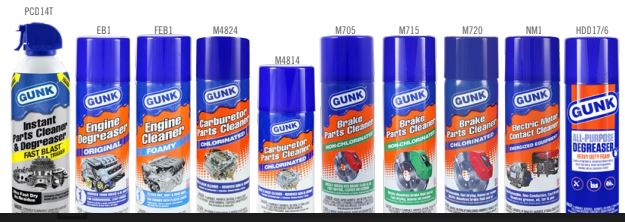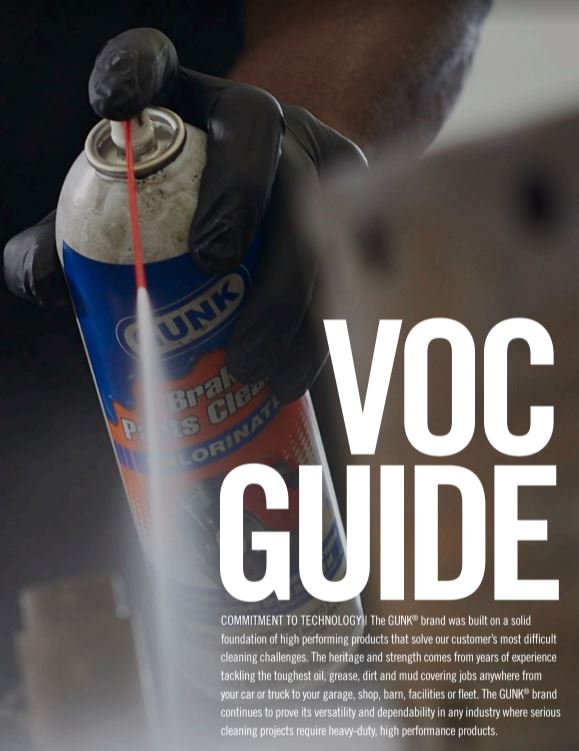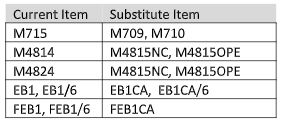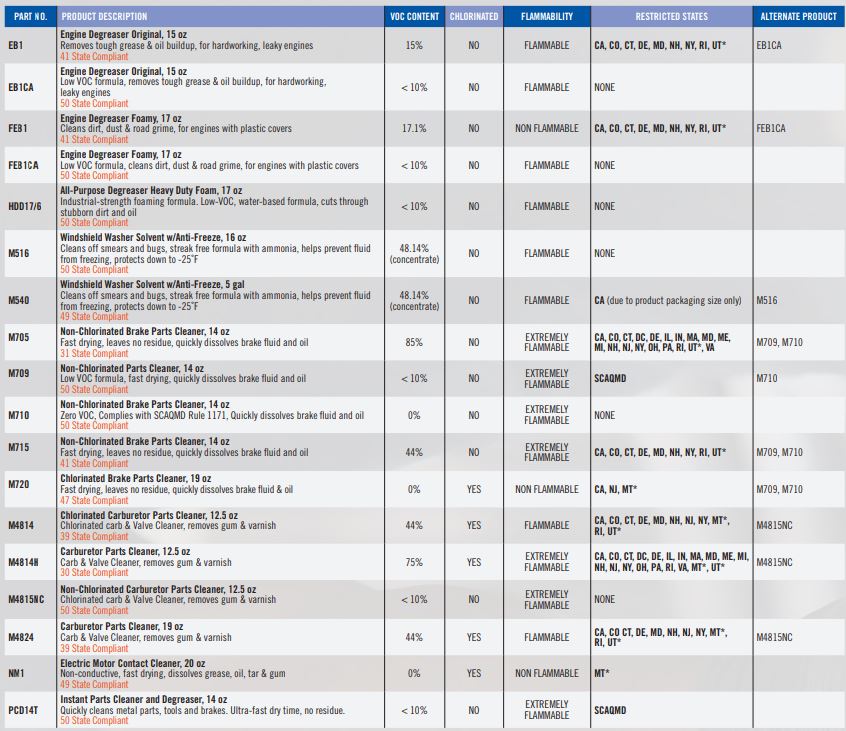New York has updated their VOC limits for consumer products.
These new limits become Effective January 1,2022. Below is a list of product classes with the old and new VOC limits.
All inventory manufactured prior to the January 1, 2022 date has an unlimited sell through.
Most Restricted States:
California, Colorado, Connecticut, Deleware, Maryland, New Hampshire, New Jersey, New York, Utah





THE BRANDS YOU DEMAND
